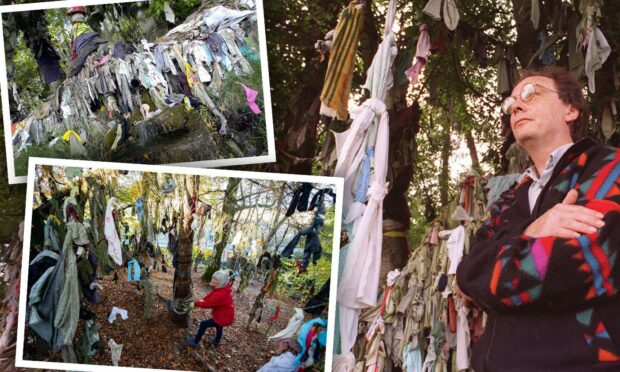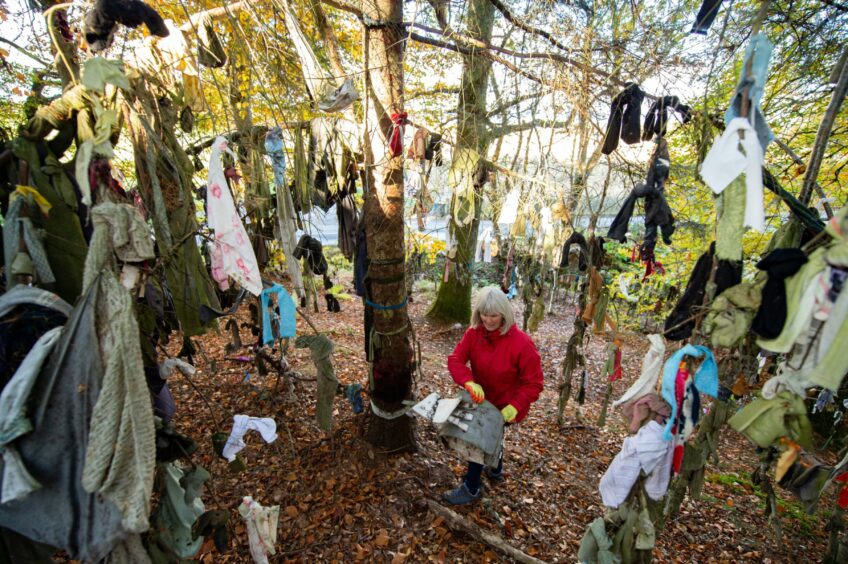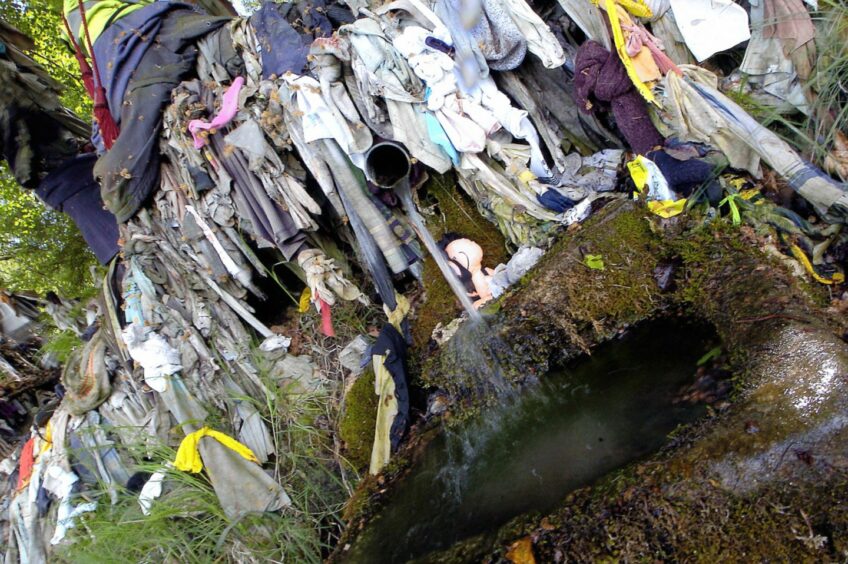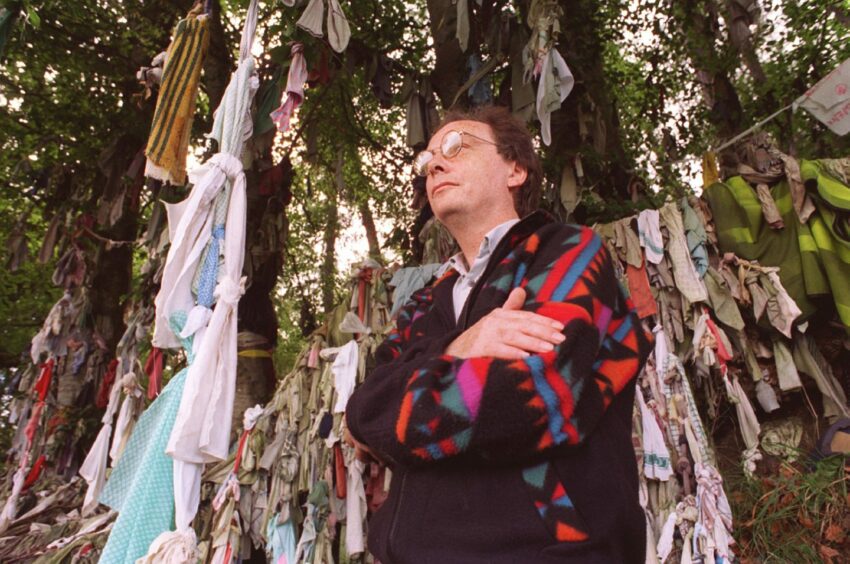Scotland has a number of ‘clootie wells’, sites which draw people to soak rags in the well water and tie them to the trees by way of a prayer.
The Munlochy clootie well in the Black Isle attracts more than its fair share of attention, as it’s visible from the main road.
It’s often found itself in the news as the local community has in the past mobilised to clean up all the other random objects which have been thrown in there.
Now a row has ignited, as someone has removed all the rags without authorisation from Forestry and Land Scotland which has always expressed for support for people wanting to tie cloths on trees on the Munlochy site.
So what’s the significance of these rags, unsightly as they may seem to some?
Clootie —Scots for cloth —wells are found not only in Scotland, but also in England and Ireland.
They hark back to an ancient Celtic tradition of calling on water spirits for healing.
A rag from a sufferer, or someone on behalf of a sick person, is soaked in water from the holy well nearby and tied to a branch in the hope that the ailments will fade away along with the cloth as it rots.
The ritual carried through to Christian times, with people using the practice as a prayer of supplication to a particular saint.
It’s considered bad luck to remove the offerings.
The Munlochy well is dedicated to Saint Curetán, a Pictish bishop of the late 7th and early 8th century.
He head the bishopric of Ross, with its seat in Rosemarkie, further along the Black Isle coast from Munlochy.
His name can be found in place names all the way to Loch Ness and north to the Cromarty Firth.
Prayers to Saint Curetán at the Munlochy site are believed to be particularly effective in healing sick children.
In some traditions, the afflicted wash the affected part of the body with the wet rag before tying it on the tree.
The rag can be from discarded old cloth, although in some locations it’s about tying brightly coloured strips of good cloth, more like a votive or an offering.
Other religious symbols can be placed at the site, although in the case of Munlochy the household items that had been thrown in there over time made it look more like a fly tip prior to a community clean-up in 2019.
It’s said that author Ian Rankin took inspiration from the Munlochy well after visiting it for his fictional one at Auchterarder in The Naming Of The Dead.
It’s not the only clootie well on the Black Isle— the Craigie Well in Avoch has offerings of coins and clooties.
You might also enjoy:



